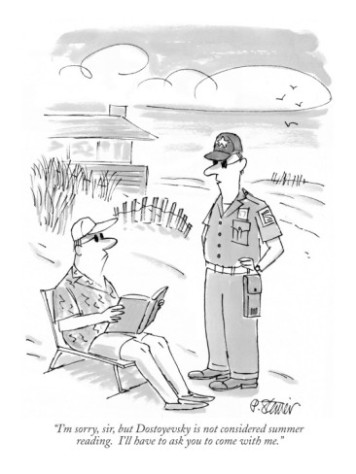In terms of the relationships between slave-owners and those enslaved, there were occasionally situations where the relationship between the two carried weight in a different, less animalistic vein.
Although some slaves were enslaved for their entire lives, there often were deals made between the slave-owner and their victims. Generally the deals were for their labor in exchange for their freedom. However, it would generally take years and years to meet the satisfaction of the slave-owner, and in more tragic cases, they would attempt to recant or modify their deal. Sometimes these deals for freedom would be changed in order to accommodate the slave-owner. For example, a deal where they agreed to grant a family their freedom would be met with only granting the children their freedom, and keeping their mother captive. Or, certain deals were that their freedom would be granted upon the owner's death, leaving their freedom in their will. This situation is how the Dred Scott case (mentioned above) unfolded, because upon his owner's death, Scott sued the owner's wife for freedom.
What draws the relationship between Benito Cereno and Babo into question is this conversation. One should speculate on how Benito Cereno felt in regards to Babo's care for him. Did he have the intention of freeing Babo eventually in exchange for his "companionship?" Given the nature of the scenario, there was nothing he could do to prevent Babo's fate. However, he clearly finds regret in how this whole situation played out.
Two years prior to the release of Benito Cereno (1853), the case of Robin Holmes v. Nathaniel Ford took place in Oregon, United States. The problem was that Ford had promised the Holmes family freedom once they finished helping him start up his farm. Upon completion, they expected to be freed, but instead he kept their four children and planned to sell them back to Missouri. What is confusing here is that their relationship wasn't entirely aggressive until the final moments of the contract.
Benito Cereno did not have a say when it came to the court's rule over Babo's life. If the story ended with them alive, would Benito Cereno have released Babo into freedom, or in only attempt to use him further once back in the position of power? Would the phrase "follow your leader" be flipped?
Lockley, Fred. “The Case of Robin Holmes vs. Nathaniel Ford.” The Quarterly of the Oregon Historical Society, vol. 23, no. 2, 1922, pp. 111–137. JSTOR, JSTOR, www.jstor.org/stable/20610207.
 Robert Shore, The San Dominick, 1965
Something similar to the "ample oval" appears to be on the visible side of the ship, just in front of the stern. The figures are, unfortunately, indiscernible.
Robert Shore, The San Dominick, 1965
Something similar to the "ample oval" appears to be on the visible side of the ship, just in front of the stern. The figures are, unfortunately, indiscernible. Map of Santa Maria, 1700
Map of Santa Maria, 1700






 Family Lectures: Or, a Copious Collection of Sermons on Faith and Practice, Etc. F. C. and J. Rivington, 1815.
Family Lectures: Or, a Copious Collection of Sermons on Faith and Practice, Etc. F. C. and J. Rivington, 1815. “NOTHWITHSTANDING Shoring, FLUMMOX by Emily Abendroth.” Issuu,
“NOTHWITHSTANDING Shoring, FLUMMOX by Emily Abendroth.” Issuu,  Astrophysics Research Creatine Express Loading Product Results Reviews.
Astrophysics Research Creatine Express Loading Product Results Reviews.  Mazibuko: W(h)Ither the Truth? | Thought Leader.
Mazibuko: W(h)Ither the Truth? | Thought Leader. 
 is a 19thC cultural technology that shows the viewer two images in an apparatus they look through to create the illusion of depth. RBs point here is that the coherence of the "text," such as it is, is constantly drawn back into the "plurality" of the "weave" that creates it.
is a 19thC cultural technology that shows the viewer two images in an apparatus they look through to create the illusion of depth. RBs point here is that the coherence of the "text," such as it is, is constantly drawn back into the "plurality" of the "weave" that creates it.